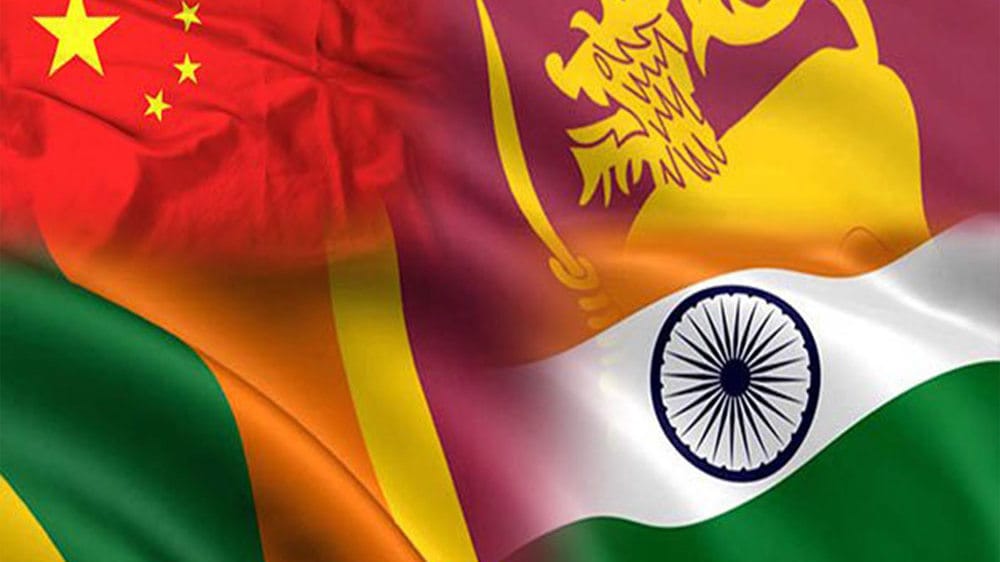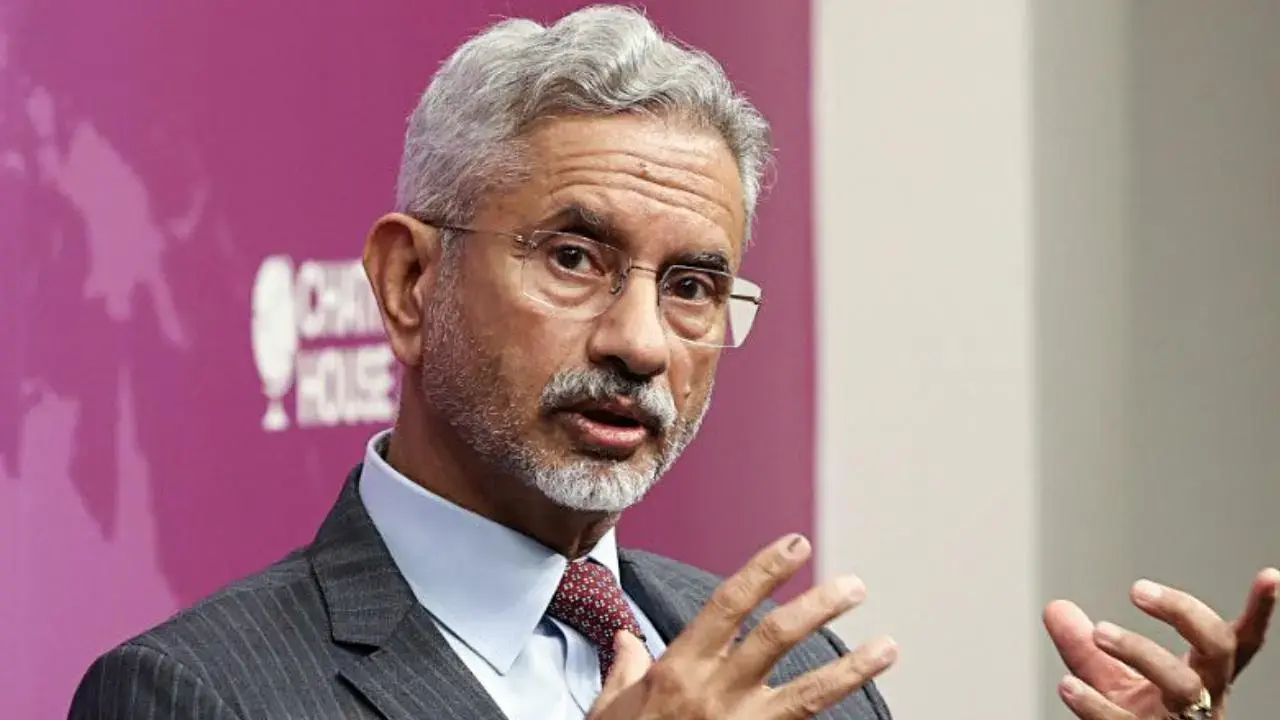
The 5th of April 2025 marked a historic first in India–Sri Lanka relations, with the two neighbours inking their first ever Memorandum of Understanding (MoU) on defence cooperation. The formalisation of the country’s military ties, signed along with nine other agreements, potentially signals a major shift on the geopolitical chessboard of South Asia. These agreements underscore India’s proactiveness in moving closer to Sri Lanka to counter China’s growing influence in the region.
- Why Sri Lanka Is Key For Influence In South Asia
The island nation is nestled at the heart of the Indian Ocean Region (IOR), which is a centre of global trade and commerce and a key juncture of the maritime Silk Road of the modern day. Over 30% of the world’s containerised cargo and 42% of global crude oil trade passes through the IOR. The Indian Ocean connects the crucial trade chokepoints of the Strait of Hormuz and the Malacca Strait, and forms a major Sea Lane of Communication (SLOC) that is highly integral for global trade. Sri Lanka lies in the very middle of the two straits, and its ports of Colombo and Hambantota are crucial to the smooth functioning of this SLOC.
- Why China Needs Sri Lanka
The SLOC formed by the Indian Ocean serves as the maritime highway for China’s energy and needs and is primordial for their economic survival. Over 80% of China’s oil imports pass through the narrow Malacca Strait, which has led to China beefing up naval surveillance and research operations in the Indian Ocean region and itself highlighting the need for protection of its maritime rights and interests in 2019. Perfectly stationed in the centre of the power sphere, both literally and figuratively, Sri Lanka has of late, become a prime location for China’s naval escapades. Over the past few years, multiple ‘research’ vessels of China have requested permission to dock at Sri Lanka’s ports, prompting objections from India regarding their alleged purposes as well.
- How The Dragon Ventured Into Lanka
Sri Lanka and China have had a historic relationship, starting with the Rubber–Rice Pact signed in 1952. Throughout the 2000s and 2010s decades, China was a key lender to Sri Lanka for their developmental projects, carried out under the garb of the Belt & Road Initiative. A key factor in closeness with China was the hold of the Rajapaksa clan on Sri Lanka’s political system, who had close relations with China, which even provided funds for their election campaigns. A major lending project was regarding the development of the Hambantota Port, which India refused to fund, as the project was not financially viable at all. China capitalized on this opportunity and provided funds to Sri Lanka for the Rajapaksas’ pet project, with Sri Lanka borrowing $307 million from the Exim Bank of China. The project’s performance was lower than expected, and the trade volume at Hambantota was far too low for the Lankan government to receive any profitability from it. This led to Sri Lanka defaulting on their loan in 2017, and having to lease out operational control of the Hambantota port to China for a 99-year period in lieu of being unable to pay.

- India’s Growing Proximity With Sri Lanka
While Sri Lanka’s economic ties have been very much centered around China over the past two decades, this pattern marked a historic shift during the 2022 economic crisis, when the country was forced to default on its external debt and required a bailout. China only provided humanitarian assistance worth $76 million to Sri Lanka, but paid no heed to the country’s requests for a $4 billion assistance package.
India seized this opportunity and stepped in to help Sri Lanka sustain itself through the crisis. India provided the complete $4 billion package as Sri Lanka demanded, in various forms such as currency swaps to boost Sri Lanka’s forex reserves and providing essential imports (such as fuel and food items) on credit lines.
As a result, India’s share in Sri Lanka’s foreign debt disbursements rocketed to 38%, while the share of China fell down to just 3% for 2022.
The currency swap by India ensured that Sri Lanka did not default on their payments to the IMF, which further allowed them to receive a $3 billion bailout package from the IMF. India was also one of the co-chairs of the Official Creditors Committee, the body which oversaw the bailout negotiations, whereas China was not.
- The Changing Dynamics
The 2022 crisis led to the complete ouster of the Rajapaksa family, close friends of China, from the Sri Lankan Government. The 2024 election then saw the coming of Anura Kumar Dissanayake, who commenced his tenure with a visit to India. Despite his Marxist ideological bent, Dissanayake has carefully navigated the two South Asian powers, with a reduced dependency on China and greater cooperation with India.
This subtle change in Sri Lanka’s diplomacy has recalibrated the dynamics of South Asia, and this shift, coupled with India’s increased impetus to its ‘Neighbourhood First’ policy, is set to bring the two kingdoms of Ramayana closer to one another in the near future.


